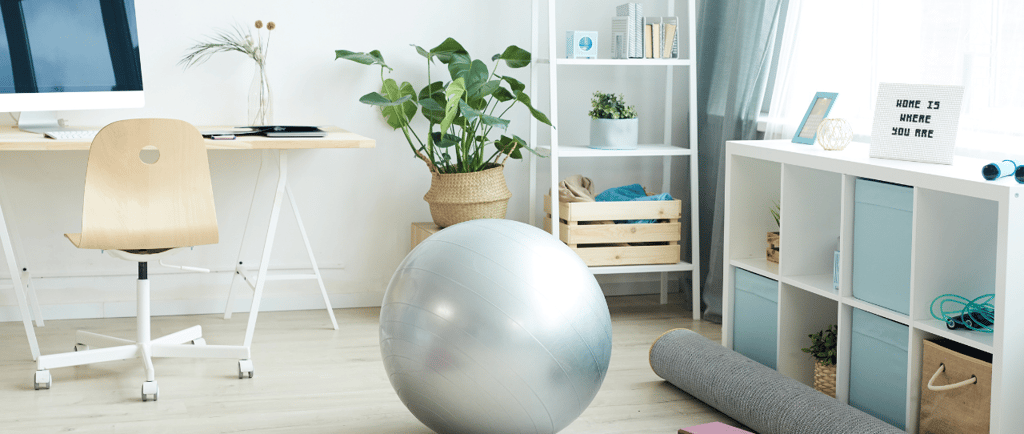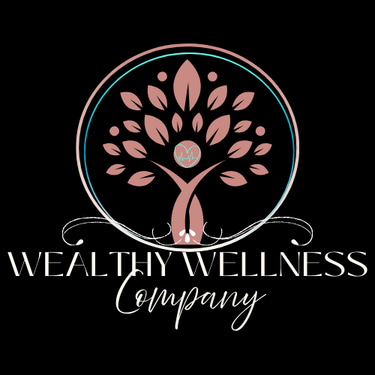Your Body Has a Secret Fat-Burning Engine: How to Burn 500+ More Calories Daily—No Gym Required
FIND YOUR FLEX: DAILY REPS - FITNESSTHE LATEST!!


What if I told you the biggest factor in your daily calorie burn isn't that 45-minute spin class or weightlifting session? For most of us, it's something called NEAT. This is incredible news! It means you don't have to live in the gym to move the needle on your health goals. It's about integrating movement into the very fabric of your day.
Decoding the Concept: What Exactly is NEAT?
NEAT stands for Non-Exercise Activity Thermogenesis.
It's a fancy term for all the calories you burn from movement that isn't formal exercise. We're talking about everything from the smallest fidget to a brisk walk to the mailbox. Think about:
Walking to your car
Taking the stairs instead of the elevator
Fidgeting at your desk
Doing laundry and cleaning the house
Playing with your kids
Standing while you work
For a desk-bound professional or a busy parent, the difference in NEAT between an active day and a sedentary one can be hundreds, even thousands, of calories. It is often a far more significant contributor to your total daily energy expenditure than your workout. This isn't about replacing your gym sessions; it's about maximizing the other 23 hours of your day.
The Importance: Why NEAT is a Non-Negotiable for Wellness
In our modern world, comfort and convenience have engineered movement out of our lives. We commute sitting down, work sitting down, and relax sitting down. This constant state of stillness comes at a cost.
The Dangers of Low NEAT (The Sedentary Trap)
When your NEAT is chronically low, your body pays the price. The dangers extend far beyond a sluggish metabolism:
Increased Health Risks: A sedentary lifestyle is strongly linked to a higher risk of chronic conditions like heart disease, type 2 diabetes, and certain types of cancer.
Poor Posture and Pain: Hours of sitting can lead to back pain, tight hips, and a cascade of musculoskeletal issues.
Mental Fog: Movement drives blood flow and oxygen to the brain. Without it, you can experience decreased focus, creativity, and energy.
Metabolic Slowdown: Your body's "idle speed" slows down, making it easier to gain weight and harder to lose it.
The Benefits of High NEAT (The Power of Perpetual Motion)
By consciously choosing to increase your NEAT, you are stewarding your body's metabolic engine all day long. The benefits are profound:
Sustainable Fat Loss: Consistently burning more calories throughout the day creates a gentle, sustainable calorie deficit without extreme dieting or exhaustive workouts.
Enhanced Energy and Mood: Regular, low-intensity movement is a proven mood booster and can combat the afternoon slump more effectively than caffeine.
Improved Insulin Sensitivity: Increasing NEAT helps your body manage blood sugar more effectively, a cornerstone of long-term health.
Better Joint Health: Gentle movement keeps your joints lubricated and the supporting muscles strong.
How to Boost Your NEAT: A Step-by-Step Guide
Ready to turn your daily routine into a wellness opportunity? Here’s how to start.
Step 1: Audit Your Stillness. Take a mental walk through your typical day. Where are your longest periods of sitting? Your morning commute? The hours between 9 a.m. and noon at your desk? The evening on the couch? Acknowledging these patterns is the first step.
Step 2: Identify Movement Opportunities. Now, look at those periods of stillness and find the hidden opportunities. Could you pace during your 10 a.m. phone call? Can you do some simple stretches while TV commercials are on? Could you stand while you sort through the mail?
Step 3: Set Micro-Goals. Don't just vaguely promise to "move more." Get specific. Set a timer to stand up and stretch every 30 minutes. Make a rule to always take the stairs if you're going up two floors or less. Aim for a 10-minute walk after lunch.
Step 4: Habit Stack. The easiest way to build a new habit is to "stack" it onto an existing one. For example: "After I hang up from a work call, I will do one lap around the office." Or, "While my coffee is brewing, I will unload the dishwasher."
Tips, Tricks, and Alternate Ideas to Weave Movement In
Making this a part of your everyday life is about finding what works for you. Here are some ideas to get you started:
At the Office:
Take your phone calls standing up or pacing.
Walk over to a colleague's desk instead of sending an email.
Suggest "walking meetings" for one-on-one catch-ups.
Use a standing desk or an under-desk treadmill/peddler.
At Home:
Turn up the music and put extra energy into your cleaning.
Do squats or calf raises while waiting for the microwave or a pot to boil.
Pace around the room while you're brushing your teeth.
Carry your laundry in smaller batches to get more trips up and down the stairs.
While Out and About:
Park in the farthest spot from the entrance.
Always choose the stairs over the escalator or elevator.
Carry a basket instead of pushing a cart for smaller grocery runs.
Conclusion: Build a Life Rich in Wellness
This is how you build a life that's Rich in Wellness, not just a life with a gym membership. NEAT re-frames movement not as a chore to be completed, but as a constant, life-giving opportunity. It shifts your mindset from seeking rest to seeking motion. By embracing the small movements, you are making hundreds of deposits into your health bank account every single day.
Your challenge is simple. Don't try to do everything at once. Pick just one tip from this list and incorporate it into your life for the next week. Notice how it feels. Once it becomes second nature, add another. This is the gentle, sustainable path to transforming your health from the inside out. Your body was designed to move—it's time to let it.


